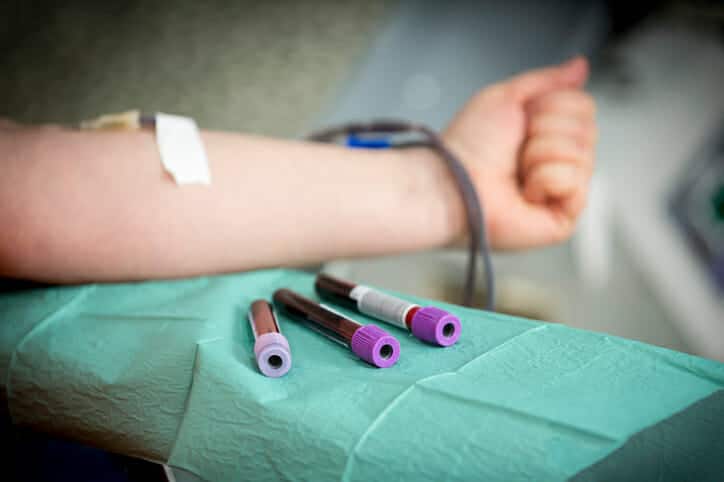Medical lab technicians have many important responsibilities, from performing electrocardiograms (ECGs) to receiving and maintaining documentation for patients. One of the most common tasks of a medical lab technician is handling patient samples, which can include drawing blood for tests and analysis.
Drawing blood is most often a straightforward and relatively painless process, but as with any medical procedure, there can sometimes be complications and challenges. Students learning how to become medical lab technicians should be aware of the possible causes of these difficulties, which can range from small or fragile veins to needle-averse patients.
Read on to find out five causes of difficult blood draws.
1. Small or Hard-to-Find Veins
This is one of the most common causes of a difficult blood draw. As a result of normal physiological variation, some individuals may have small, thin, or hard-to-find veins, making it a challenge for even an experienced medical lab technician to draw blood. This can sometimes be a result of dehydration, which causes the body to constrict its blood vessels. To rule this out, lab technicians may give the patient a glass of water and try again after a suitable wait. Otherwise, pre-warming the area or asking the patient to rotate their wrist to distend the vein may make it more visible and easier to draw from.
2. Inelastic Veins
One of the many effects aging has on the human body is to make the skin thinner and the veins weaker, as they both lose their elasticity. In younger patients with healthy veins, a punctured vein wall will “hug” the needle, causing a tight seal. With senior patients with inelastic veins, that seal may not be as tight, resulting in hematomas or collapsed veins. Students in medical lab tech courses should be aware of these possible issues when helping senior patients.
Senior patients may have more fragile, inelastic veins
3. Scars from Intravenous Drug Use
When an area is repeatedly punctured over time, scar tissue is likely to develop. This is often the case with current or past intravenous drug users, who may repeatedly puncture an area used for drawing blood over a period of months or years. This scarified tissue overlaying the veins may present a challenge to professionals with career training in healthcare who are trying to draw blood, as there will be increased resistance when trying to insert the needle and the vein could roll away.
4. Chemotherapy
Chemotherapy is often a necessary and life-saving treatment for oncology patients, but it can also have a variety of adverse effects on the body. Among these are its possible effects on the veins. Patients undergoing chemotherapy may have difficult-to-find veins which have decreased in size and elasticity, or even sclerosed.
5. Students in Medical Lab Tech Courses Should Be Mindful of Trypanophobic Patients
Graduates of a medical laboratory technician program may encounter issues even in patients with healthy and easy-to-find veins. Some may have mobility issues, or difficulties communicating. Others may have trypanophobia—a fear of needles. These individuals may feel anxious, have panic attacks, or even faint when confronted with a needle. In cases like this, it’s important for the medical lab technician to work with the patient and put them at ease in order to acquire the sample they need.
Even in a patient with healthy, easy to find veins, a fear of needles will present a challenge
Are you interested in a career as a medical lab technician?
Take a look at Medix College’s medical lab tech courses.






